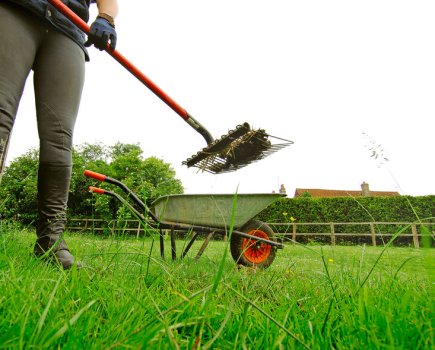How do you know when your horse needs a physiotherapy session? Grace Fairburn BSc (Hons), AdvCertVPhys, CertClinEd, MIRVAP owner of Fairburn Vetphysio and Joint Chair of the Institute of Registered Veterinary and Animal Physiotherapists (IRVAP) answers:
In the early stages of discomfort most horses will show signs of pain from a subtle eye movement and tension through the neck as you place the saddle on their back, to ears pinned back and a reluctance to canter or jump. As a horse owner you should constantly be on the lookout for signs such as this and if found, you should seek the opinion of a vet initially. Veterinary and animal physiotherapists by law must have veterinary permission to treat your horse beforehand, so consulting your vet is an essential first step.
As routine, a horse at rest may need an annual checkup in contrast to the competition horse who may need weekly to fortnightly treatment. Most horses in medium level work should be assessed every 12-16 weeks. This may seem a lot but putting this in to perspective, they will be regularly jumping, doing hill work, regular lessons, travelling, competing and possibly hunting. These are all athletic jobs at any level meaning your horse needs to be treated like an athlete.
 If you’re in any doubt, watch your horse and question why they behave the way they do. Horses are very rarely born nasty or dangerous, so if they start to present with signs of aggression, discomfort, reluctance, resistance or performance deterioration they’re probably trying to tell you something.
If you’re in any doubt, watch your horse and question why they behave the way they do. Horses are very rarely born nasty or dangerous, so if they start to present with signs of aggression, discomfort, reluctance, resistance or performance deterioration they’re probably trying to tell you something.








